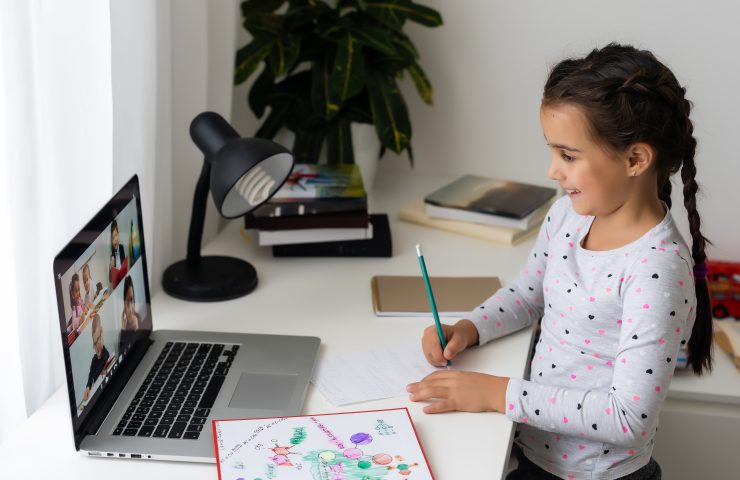What are CVC Words in…
September 29, 2021

The sounds that children learn and develop in iSchooling phonics classes are the cornerstone of how they learn and build language. If you have a young reader, you may recall how exciting it was when he or she first started learning letters or how delighted your child appeared when he or she first sounded out a word. It’s as though your child has discovered a whole new world. Scientific research has repeatedly shown that comprehensive systematic phonics classes are the most effective method of teaching youngsters to read.
Children learn the links between the letters of written language and the sounds of spoken language through phonics classes. The letter n, for example, is taught to represent the sound /n/ and to be the first letter in words like nose, nice, and new.
Learning that sounds and letters have predictable relationships through iSchooling phonics classes allows children to apply these patterns to both familiar and novel words, allowing them to read more fluently.
The following should be included in phonics classes for beginners:
· Systematic: the letter-sound relationship is taught in a logical and orderly manner, with plenty of opportunity for practice. Word recognition is taught to mastery with regular progress monitoring in phonics classes in India.
· Explicit: the instructions give teachers clear instructions on how to teach letter-sound relationships.
Regular possibilities for children to adapt what they are studying about letters and sounds in phonics classes to the reading of words, phrases, and stories are provided by effective phonics classes in India.
Phonics classes that are systematic and explicit:
· Word recognition, fluency, spelling, and reading comprehension are all significantly improved in children through iSchooling phonics classes.
· Is most effective when it begins in 1 on 1 phonics classes, but it should be utilised as a part of a comprehensive reading program with pupils who do not have a clear understanding of the letter-sound relationship at any grade level.
Children learn to read using phonics, which involves matching sounds (phonemes) to letters (graphemes) or groups of letters.
· Words with a high frequency of occurrence in English, some of which cannot be sounded out phonically. Through Ischooling phonics classes online, your child will learn them in order, and they may be shortened as HFW or referred to as “tricky” or “important” words.
· Words that defy phonic rules are referred to as tricky words. Because your child won’t be able to blend or sound them out using their phonic skills, they’ll have to learn to recognise the word and utter it (whole word recognition). For instance, the words said, have, was, any, and once
· Full stops, commas, speech marks, apostrophes, question marks, and exclamation marks are all examples of punctuation. Through 1 on 1 phonics classes, your youngsters will begin to recognise and employ punctuation mark clues in their reading as their decoding skills improve.
Learning phonics, such as jolly phonics, synthetic letter, and sound relationships, and starting to read is a big step forward, and there’s a lot to learn in the early years. It’s an exciting time. With the right phonics education and support from you, your child will get off to a great start and grow into a gifted, confident, and fluent reader.